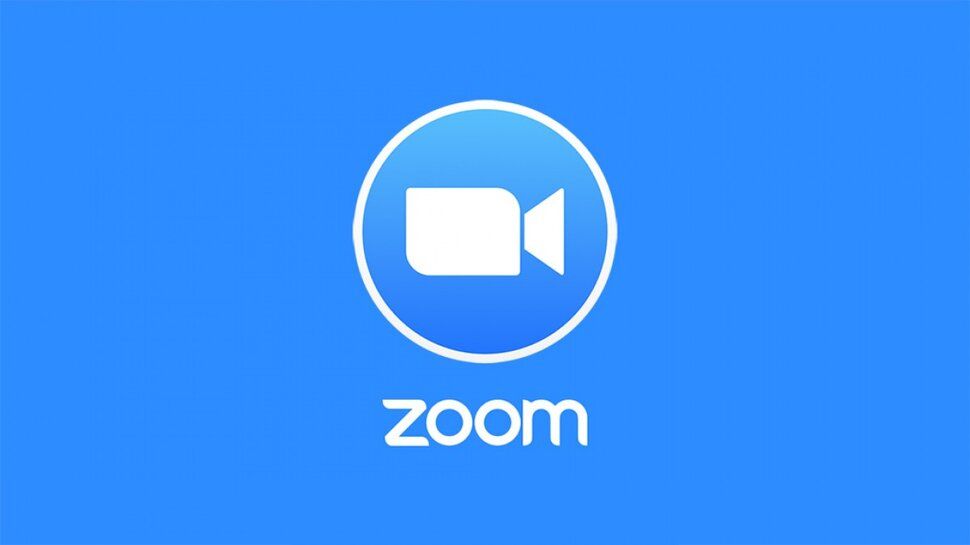

“In general, for most setups, if it’s a one-on-one conversation when you’re with coworkers or even strangers on video, you’re seeing their face at a size which simulates a personal space that you normally experience when you’re with somebody intimately,” Bailenson said. “When you’re standing up there and everybody’s staring at you, that’s a stressful experience.”Īnother source of stress is that, depending on your monitor size and whether you’re using an external monitor, faces on videoconferencing calls can appear too large for comfort. “Social anxiety of public speaking is one of the biggest phobias that exists in our population,” Bailenson said. The amount of eye contact is dramatically increased.

A listener is treated nonverbally like a speaker, so even if you don’t speak once in a meeting, you are still looking at faces staring at you. But on Zoom calls, everyone is looking at everyone, all the time. In a normal meeting, people will variously be looking at the speaker, taking notes or looking elsewhere.

Four reasons whyġ) Excessive amounts of close-up eye contact is highly intense.īoth the amount of eye contact we engage in on video chats, as well as the size of faces on screens is unnatural. Readers are also invited to participate in a research study aimed at developing a Zoom Exhaustion & Fatigue Scale (ZEF) Scale. “Videoconferencing is a good thing for remote communication, but just think about the medium – just because you can use video doesn’t mean you have to,” Bailenson said.īelow are four primary reasons why video chats fatigue humans, according to the study.
#ZOOM VIDEO HOW TO#
Moreover, he provides suggestions for consumers and organizations on how to leverage the current features on videoconferences to decrease fatigue.

He has identified four consequences of prolonged video chats that he says contribute to the feeling commonly known as “Zoom fatigue.”īailenson stressed that his goal is not to vilify any particular videoconferencing platform – he appreciates and uses tools like Zoom regularly – but to highlight how current implementations of videoconferencing technologies are exhausting and to suggest interface changes, many of which are simple to implement. 23, Bailenson has taken the medium apart and assessed Zoom on its individual technical aspects. In the first peer-reviewed article that systematically deconstructs Zoom fatigue from a psychological perspective, published in the journal Technology, Mind and Behavior on Feb. Virtual meetings have skyrocketed, with hundreds of millions happening daily, as social distancing protocols have kept people apart physically. Just as “Googling” is something akin to any web search, the term “Zooming” has become ubiquitous and a generic verb to replace videoconferencing. Prompted by the recent boom in videoconferencing, communication Professor Jeremy Bailenson, founding director of the Stanford Virtual Human Interaction Lab (VHIL), examined the psychological consequences of spending hours per day on these platforms. Professor Jeremy Bailenson examined the psychological consequences of spending hours per day on Zoom and other popular video chat platforms.


 0 kommentar(er)
0 kommentar(er)
